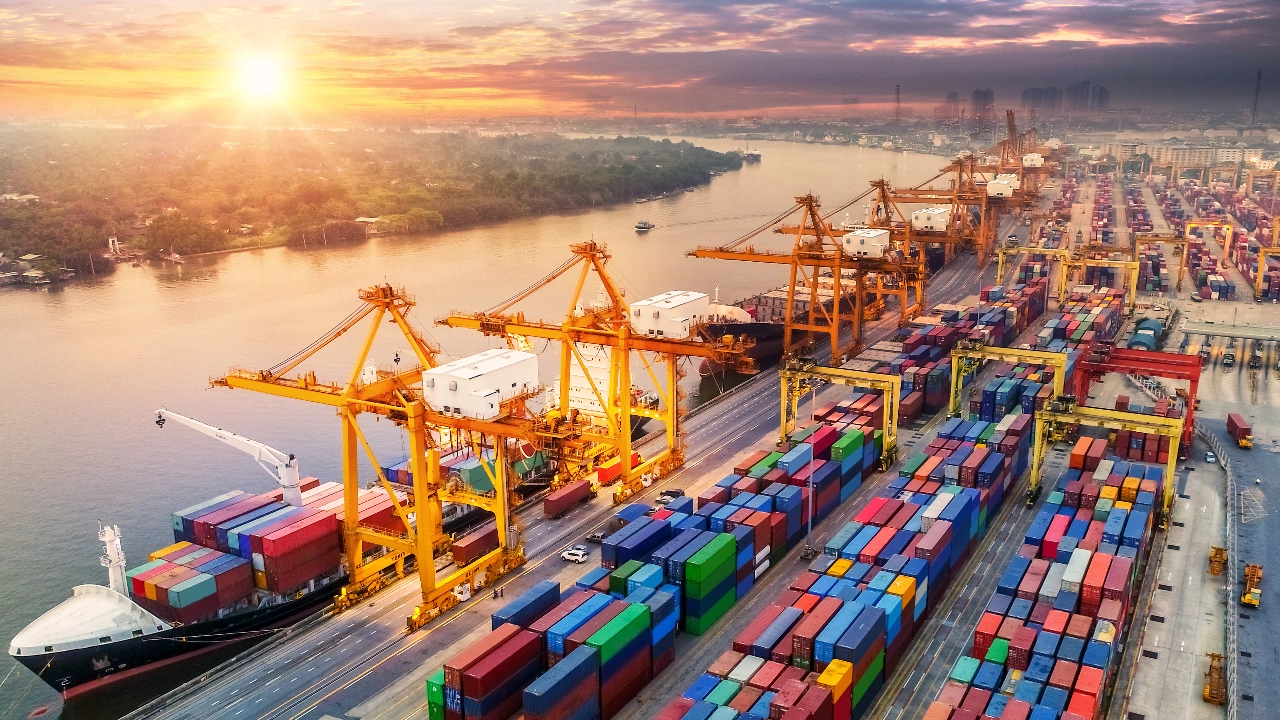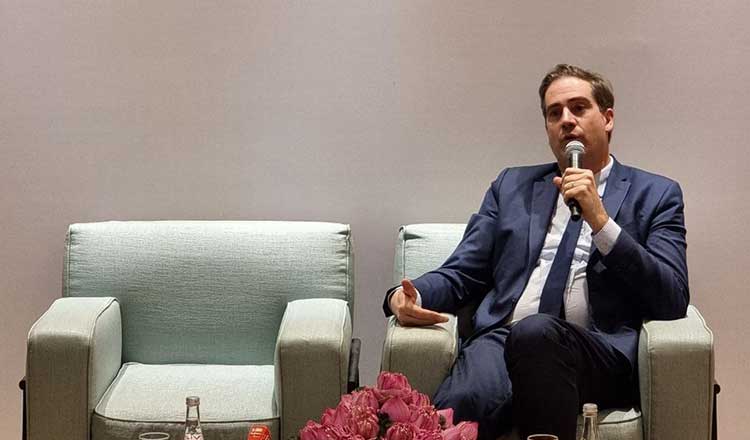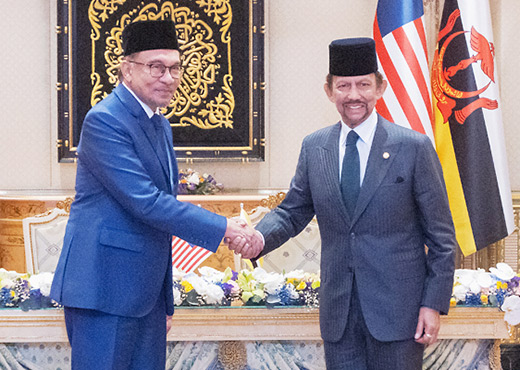More Singapore companies are seeking help to enter and grow their business in the Indonesian market, as the gradual recovery from the Covid-19 pandemic in both these nations gives impetus to expansion plans.
In 2022, 297 local firms engaged the Singapore Business Federation (SBF) to take their goods and services to the region's largest economy -- up from 185 in 2021 and 78 in 2020. They were from sectors that included healthcare, education, telecommunications, and food and beverage.
The firms consulted the SBF under its GlobalConnect@SBF scheme, which was set up in partnership with Enterprise Singapore to support companies planning to grow globally.
Under the scheme, which was launched in November 2019, SBF has a centre in Indonesia that firms can turn to for advice and use to meet business partners. The Singapore Enterprise Centre in central Jakarta is staffed by SBF's local market advisers.
Speaking to members of the local media last Thursday, Mr Hisyaamuddin Abu Bakar, country head for Indonesia at SBF, noted that businesses are drawn by the large Indonesian market. Indonesia's population stands at almost 280 million, making it the world's fourth-most populous country.
SBF handles various inquiries from Singapore in areas such as incorporation, compliance and regulations in Indonesia, said Mr Hisyaamuddin.
"So we will facilitate them on a case-to-case basis in what they need. But mainly, most of them are interested in finding business partners, and they are worried about how to enter the Indonesian market."
He added that the interest in Indonesia from Singapore firms has been high, even during the pandemic.
Singapore's bilateral trade with Indonesia was $59.1 billion in 2021, a 21 per cent increase from the year before. The total value of Singapore's investments in Indonesia amounted to US$9.4 billion (S$12.5 billion) in 2021. Since 2014, Singapore has also occupied the top spot on the list of Indonesia's investors.
Over the past three years, SBF has conducted more than 900 sessions where it advised businesses on how to grow in the Indonesian market, and helped facilitate 36 projects by Singapore firms in Indonesia.
One firm that enlisted SBF's expertise was International Cancer Specialists, a medical company that provides cancer screening and treatment.
When the company wanted to enter the Indonesian market in 2021, its management was unsure whether it could get credible professionals to help it meet legal and tax requirements.
Mr Benjamin Tan, the company's chief executive and executive director, said that with SBF's help, it managed to hire a good lawyer and tax agent within a few weeks.
"We managed to get everything up and running... within three months," he said.
IndoPanda, which provides Chinese language lessons as well as services to send students to China for further studies, tapped SBF to find new business opportunities in Indonesia.
CEO Hendri Zhang said that at the end of 2021, SBF helped his business connect with potential clients and partners, including DBS Indonesia.
"The local staff there expressed interest in learning Mandarin, so they connected us with the human resources personnel in the company. And very quickly, we were able to give them a proposal about the courses that we offer," he said.
Source: The Straits Times. Link Here.
























